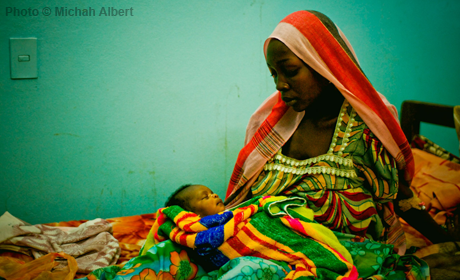Key humanitarian results 2018

People reached with Dignity Kits

Dignity kits and/or other Non-Food Items distributed

UNFPA assistance began in Chad in 1986 with the rehabilitation of the National Centre for Maternal and Child Health/Family Well-Being. With limited health infrastructures, poverty is widespread and harmful traditional practices such as early marriage are prevalent. Current UNFPA programmes target reducing the maternal mortality rate, among the world’s highest. They emphasize strengthening capacities at the Ministry of Public Health, including through the provision of technical skills, medical equipment and reproductive health commodities. UNFPA also assists in improving the training of gynaecologists, obstetricians, and midwives, essential to providing quality services.

People reached with Dignity Kits

Dignity kits and/or other Non-Food Items distributed
The designations employed and the presentation of material on the map do not imply the expression of any opinion whatsoever on the part of UNFPA concerning the legal status of any country, territory, city or area or its authorities, or concerning the delimitation of its frontiers or boundaries. The dotted line represents approximately the Line of Control in Jammu and Kashmir agreed upon by India and Pakistan. The final status of Jammu and Kashmir has not yet been agreed upon by the parties.
Utilizamos cookies y otros identificadores para mejorar su experiencia en línea. Al utilizar nuestro sitio web usted acepta esta práctica, consulte nuestra política de cookies.